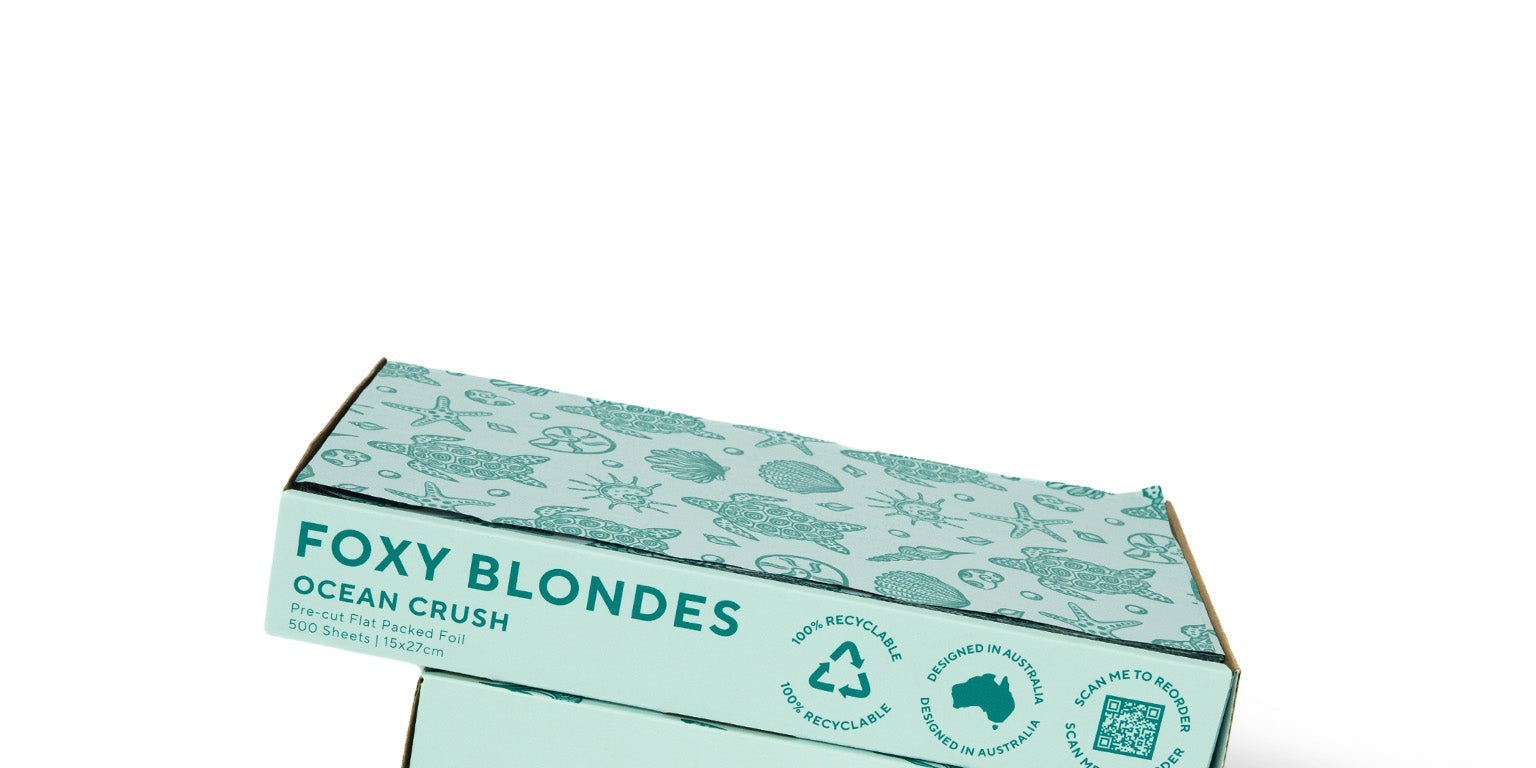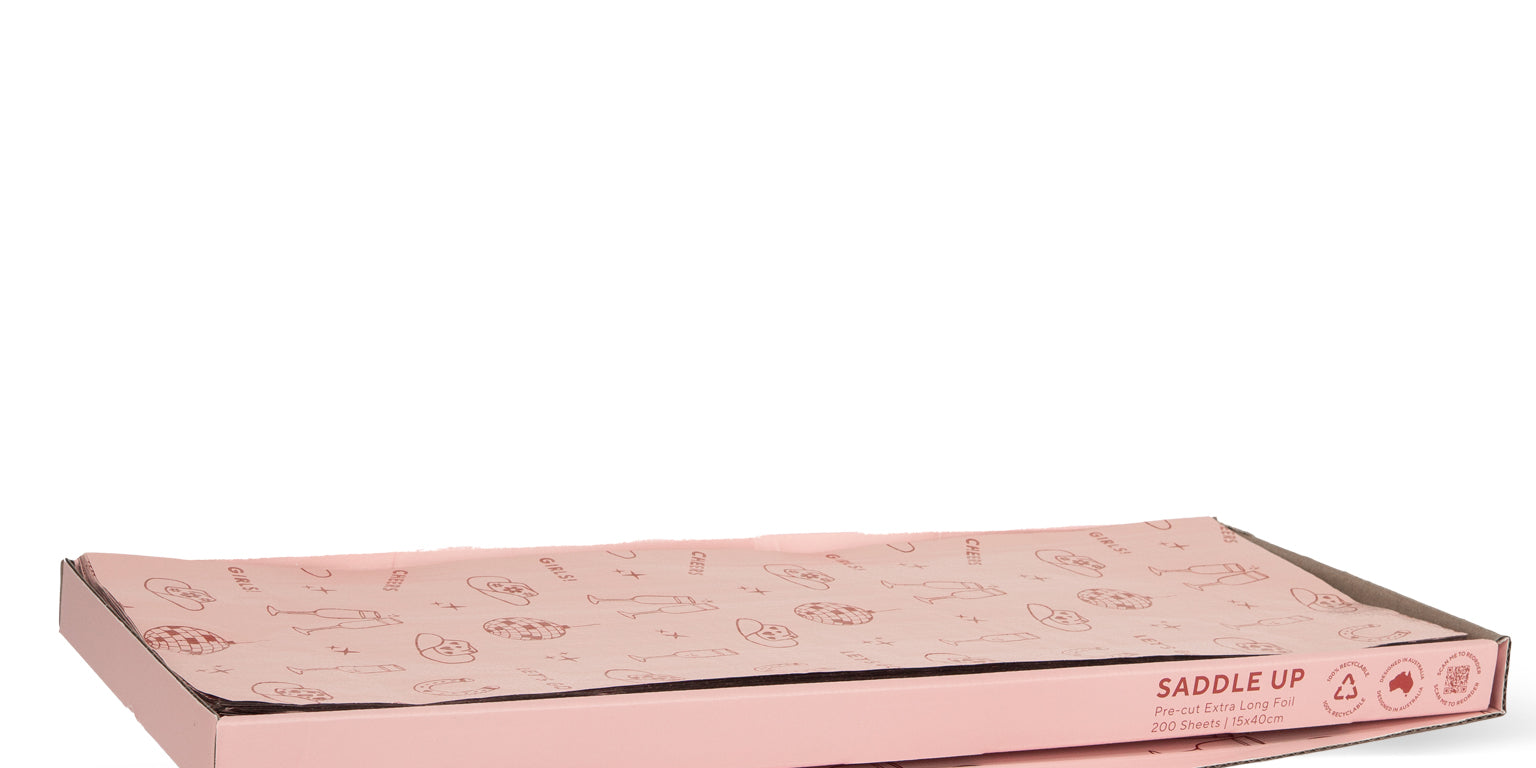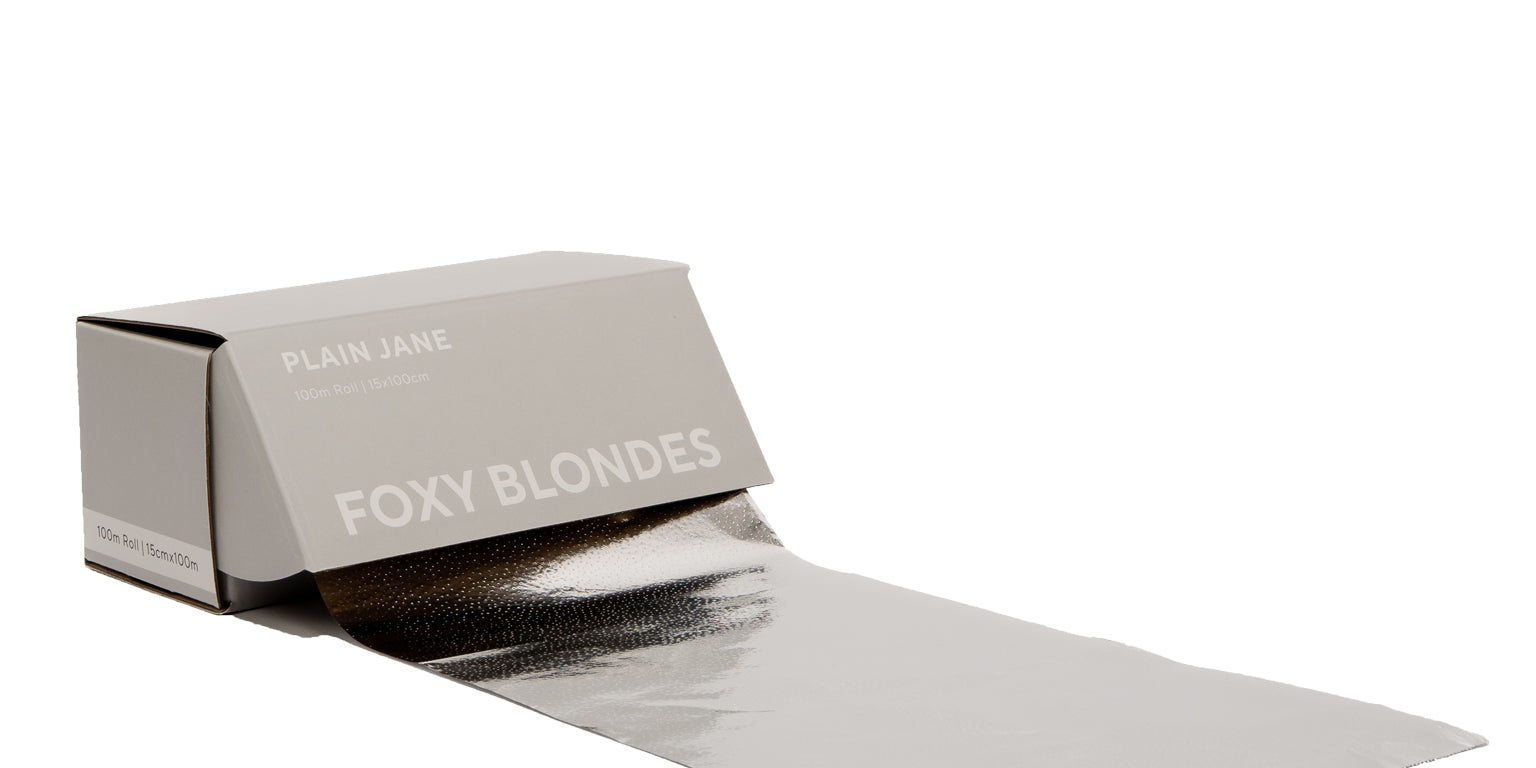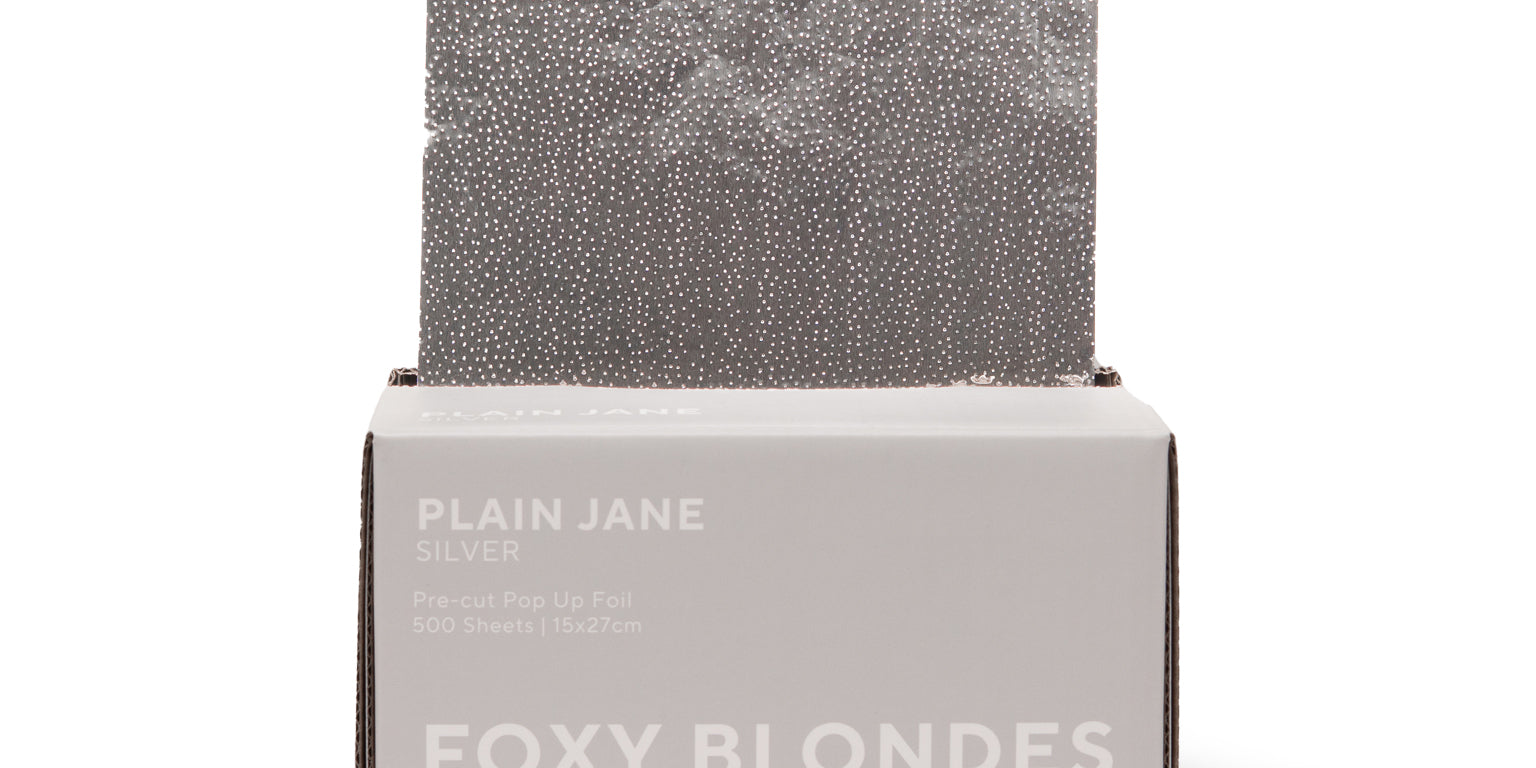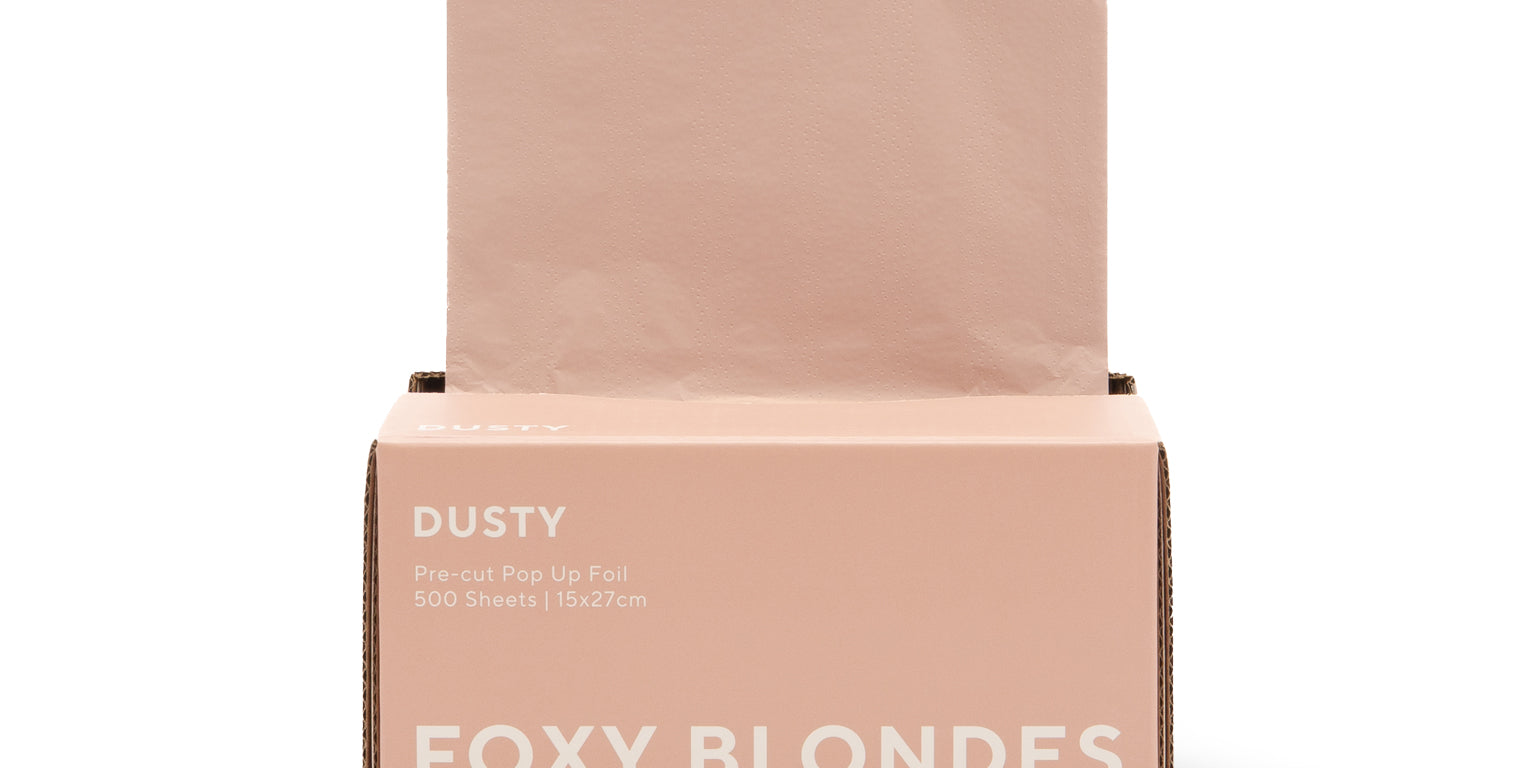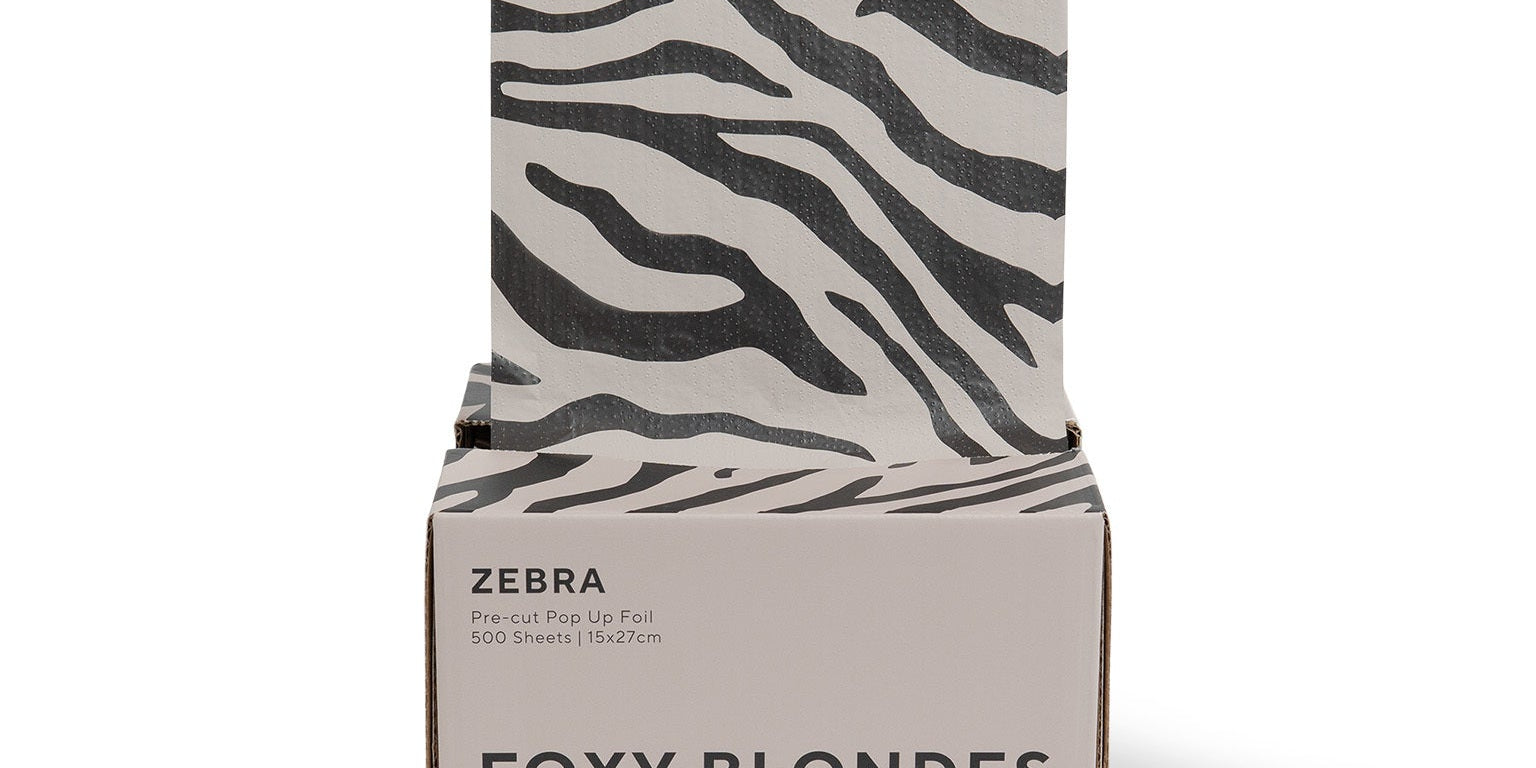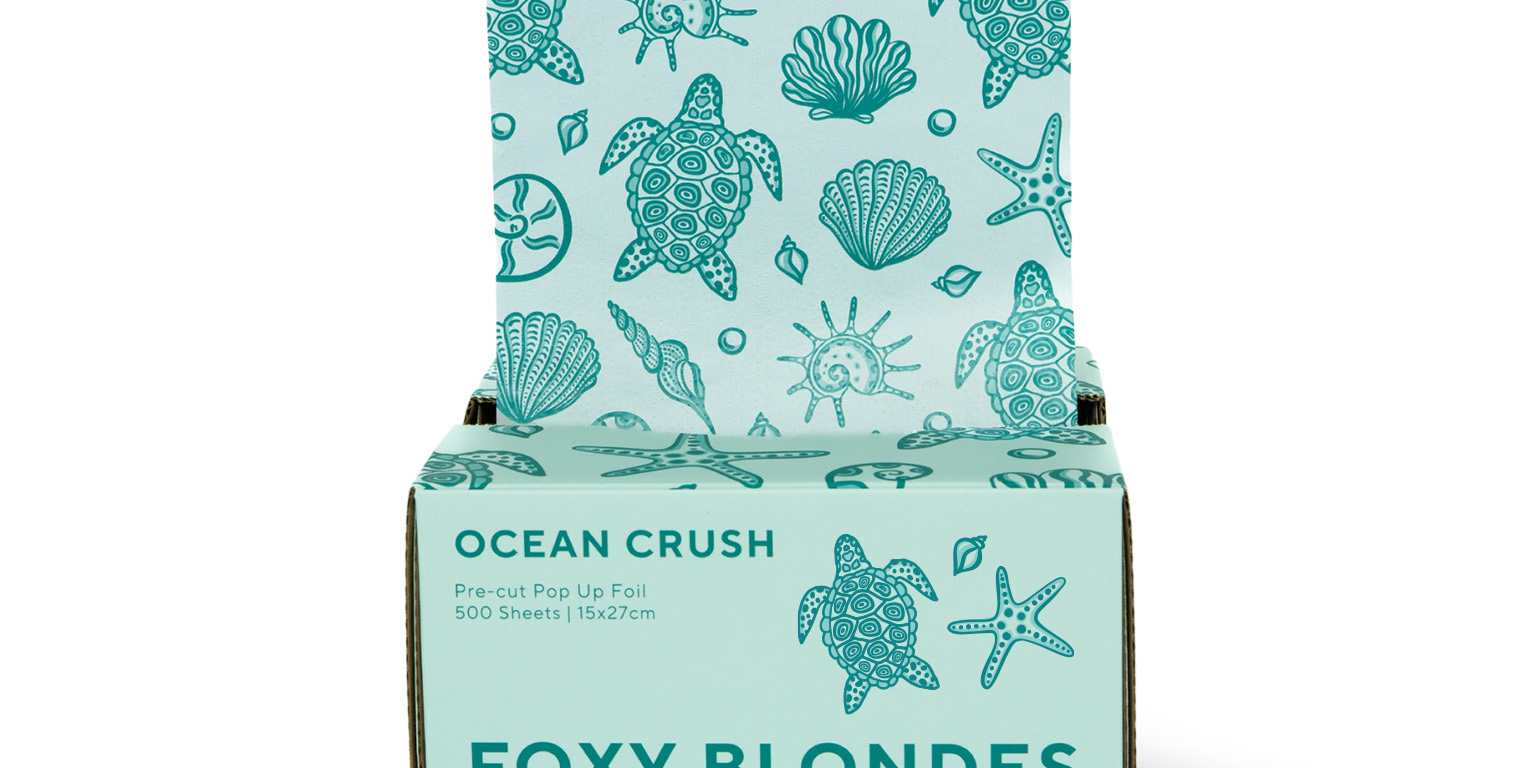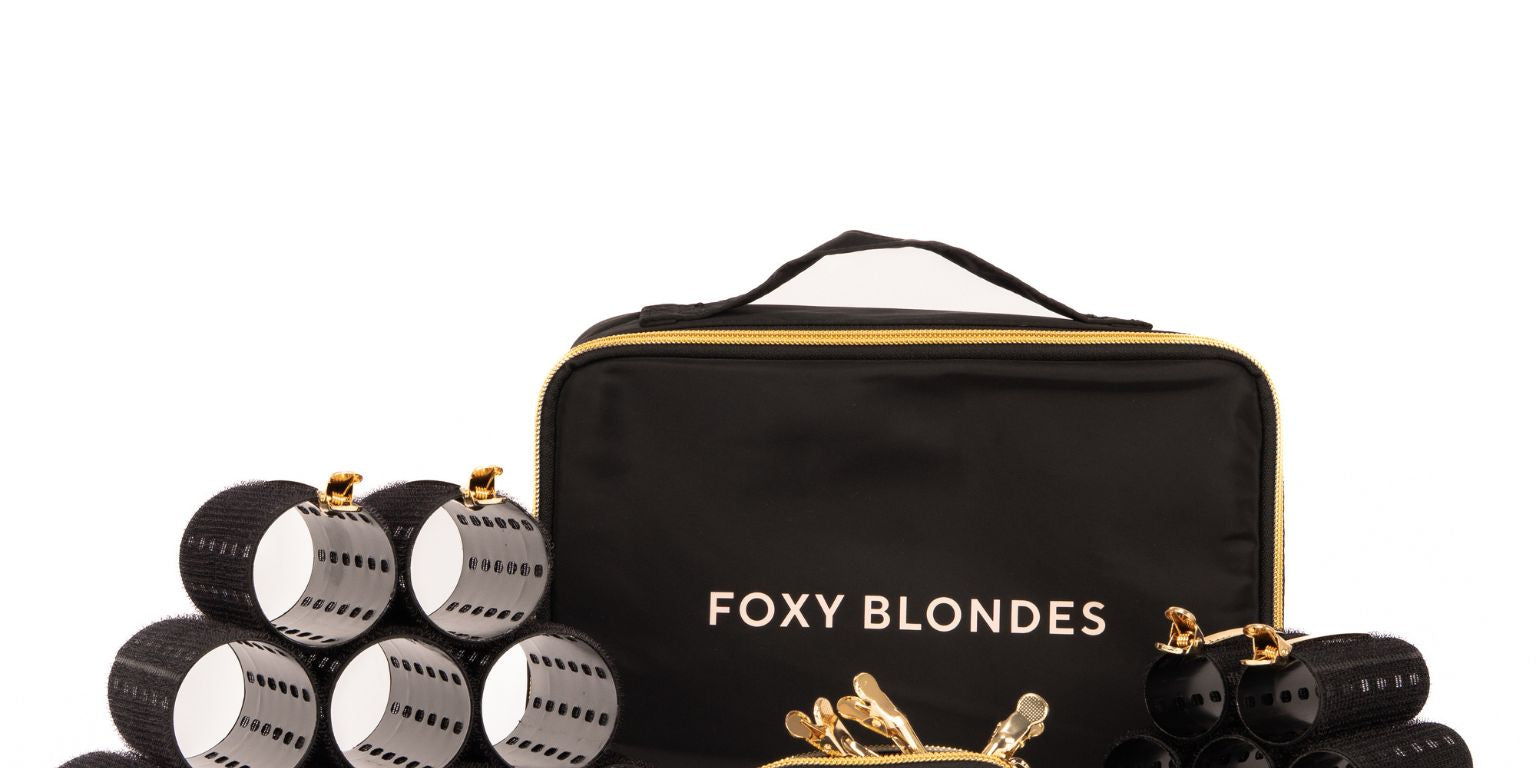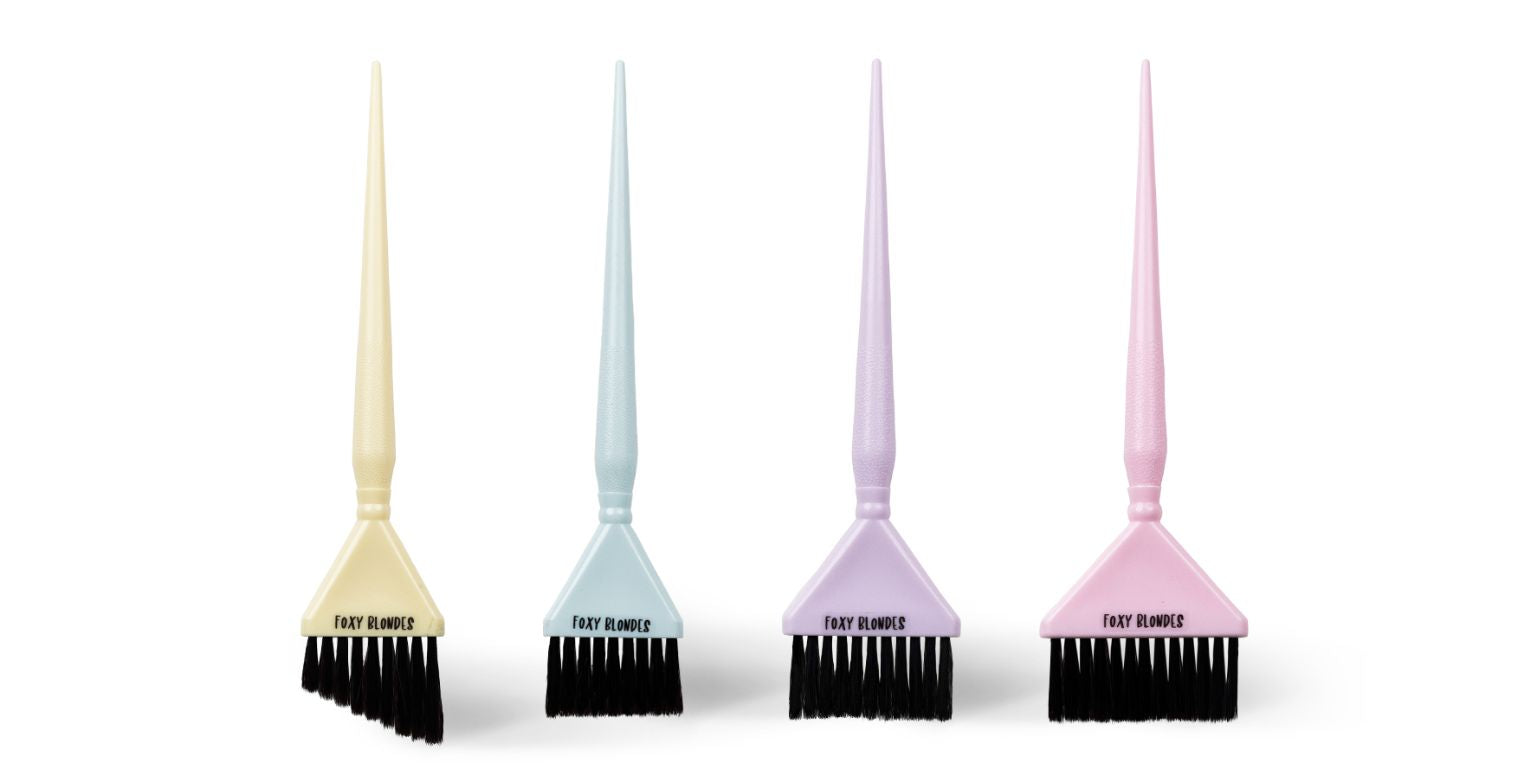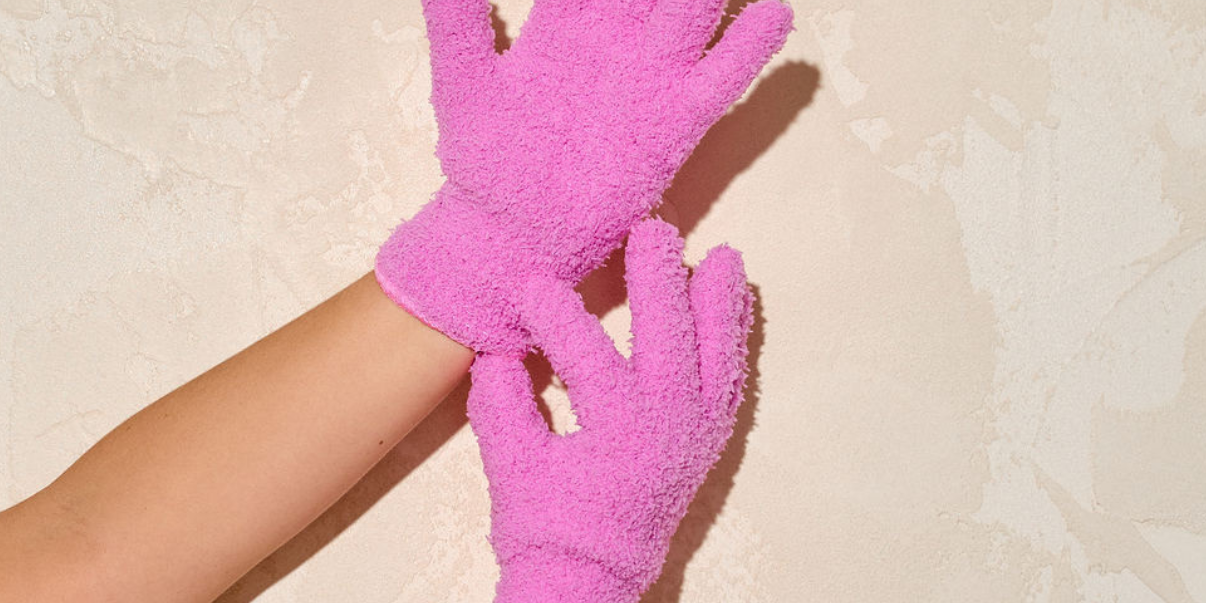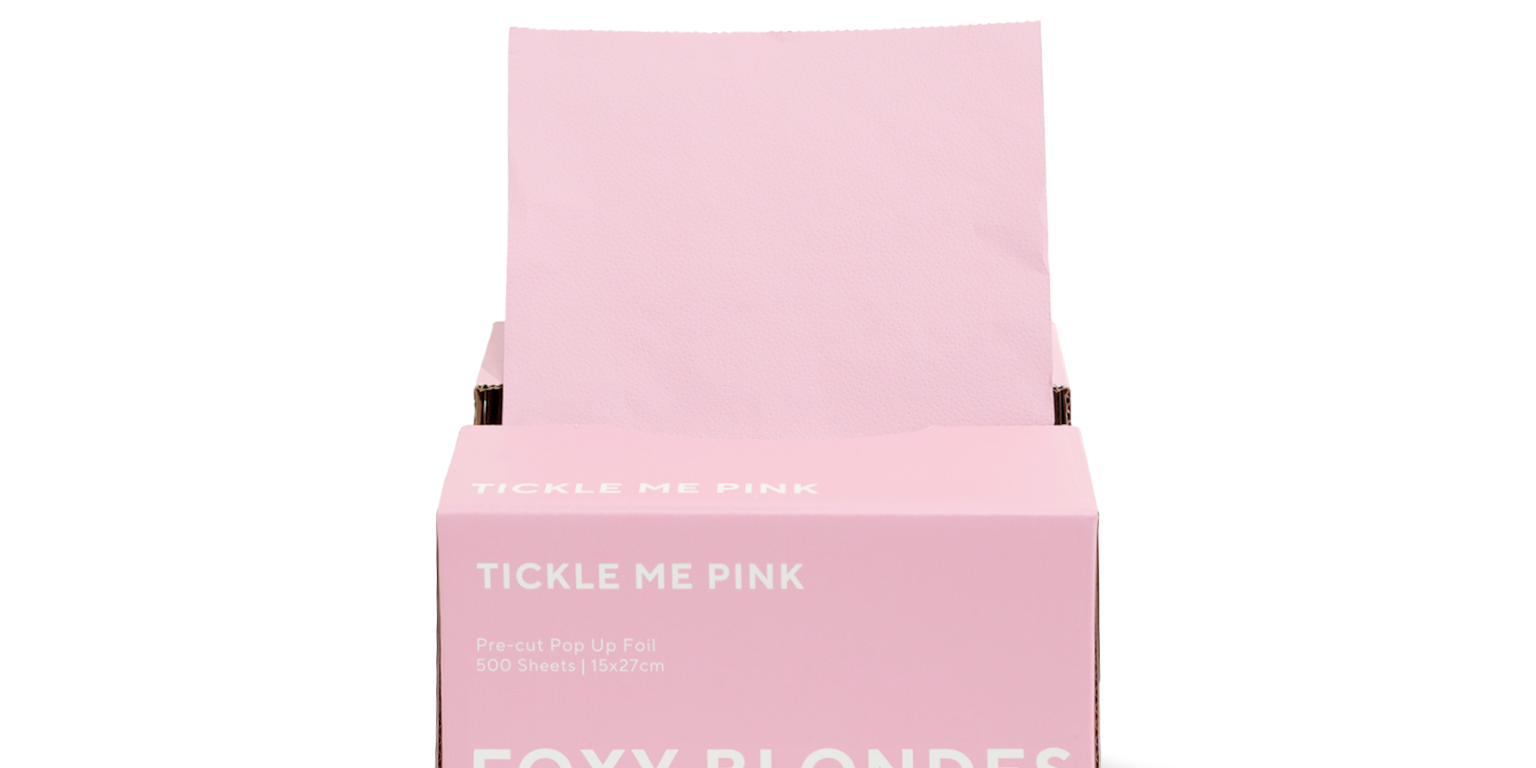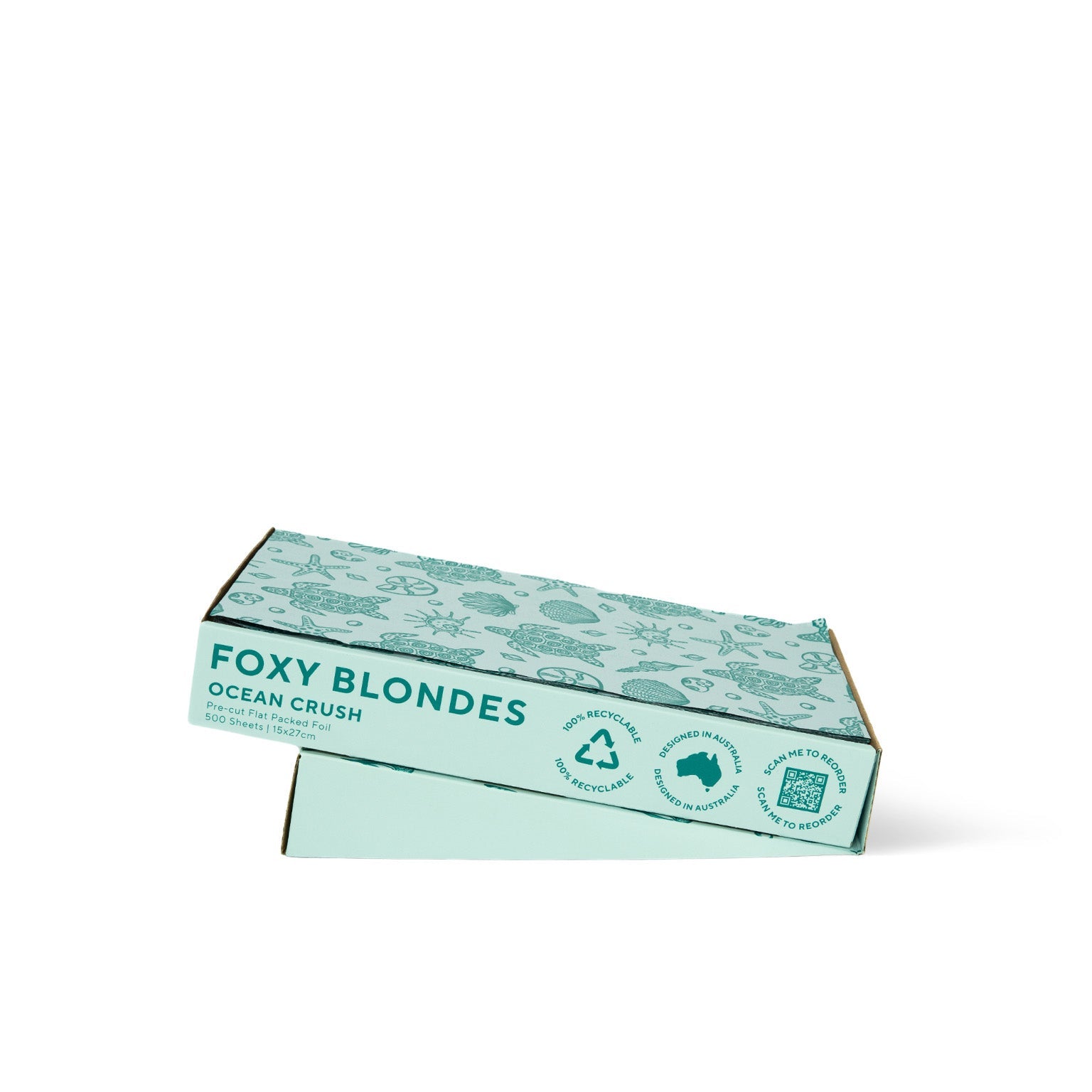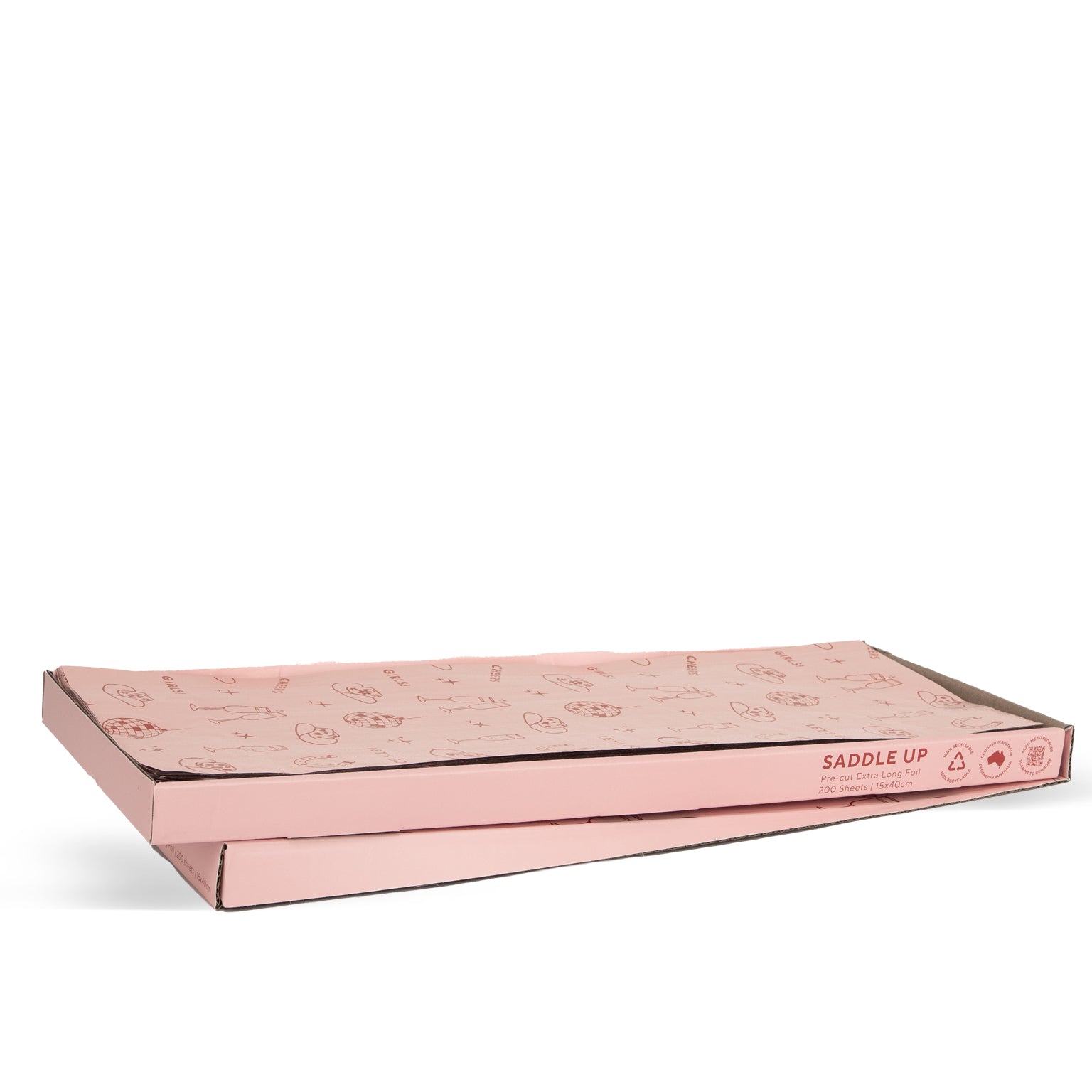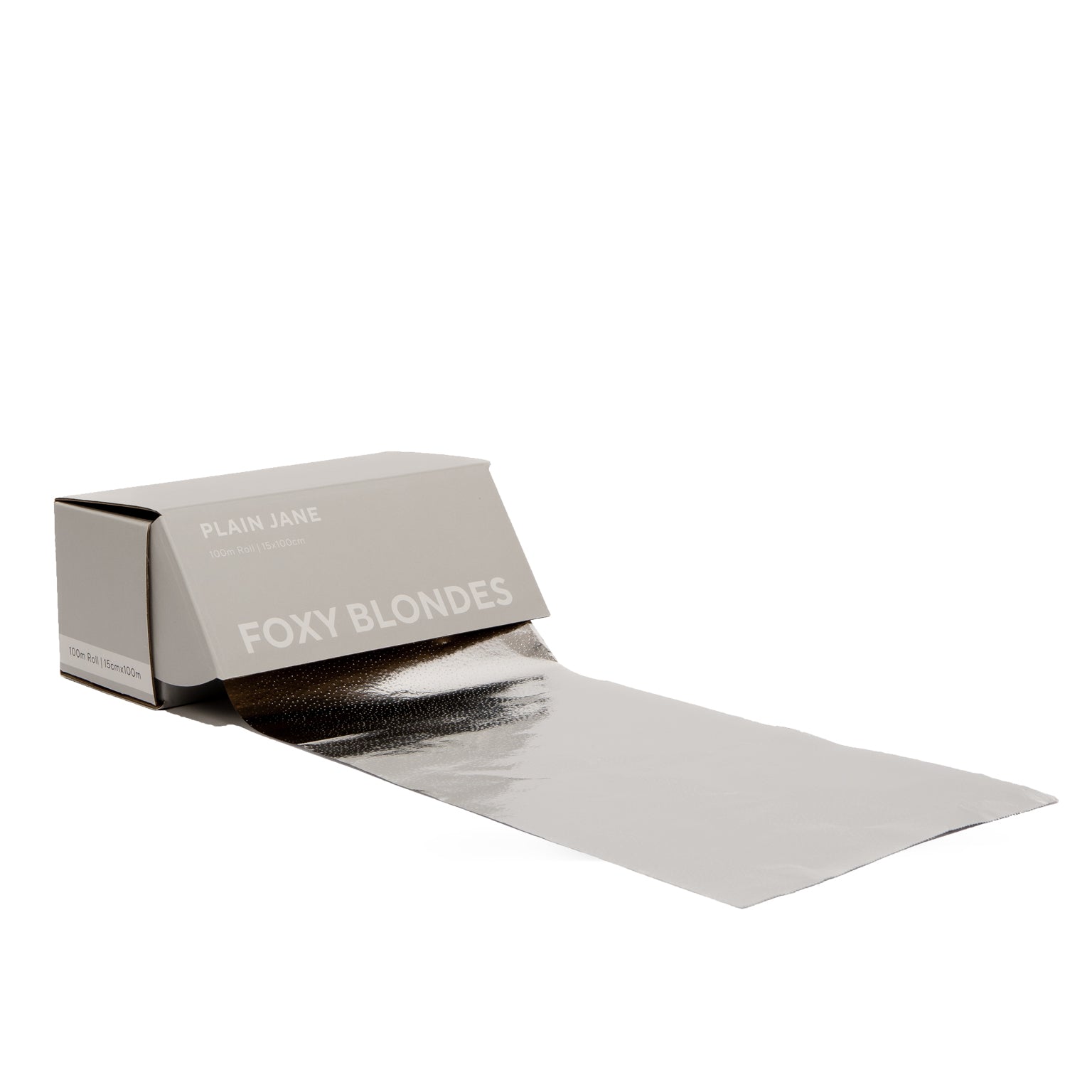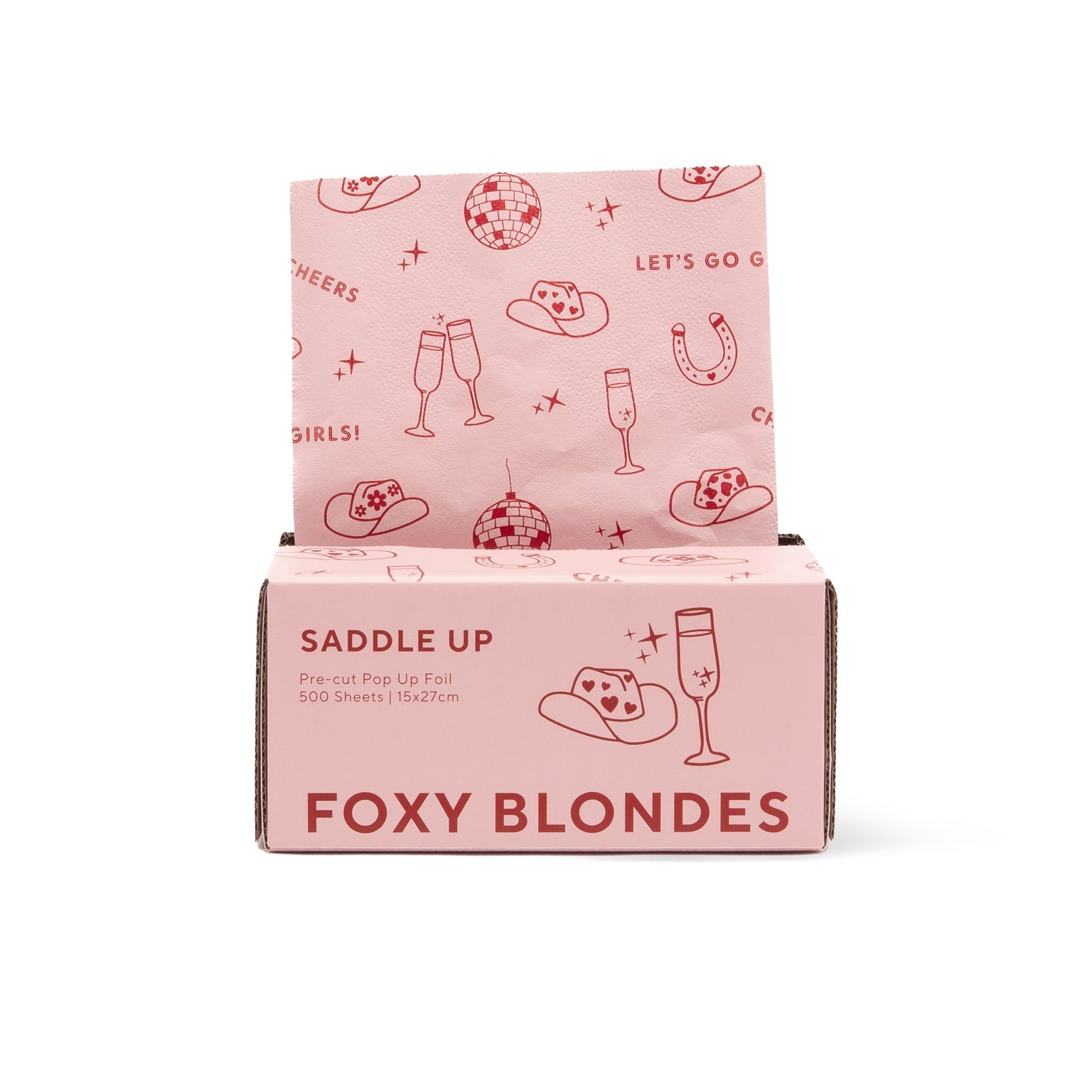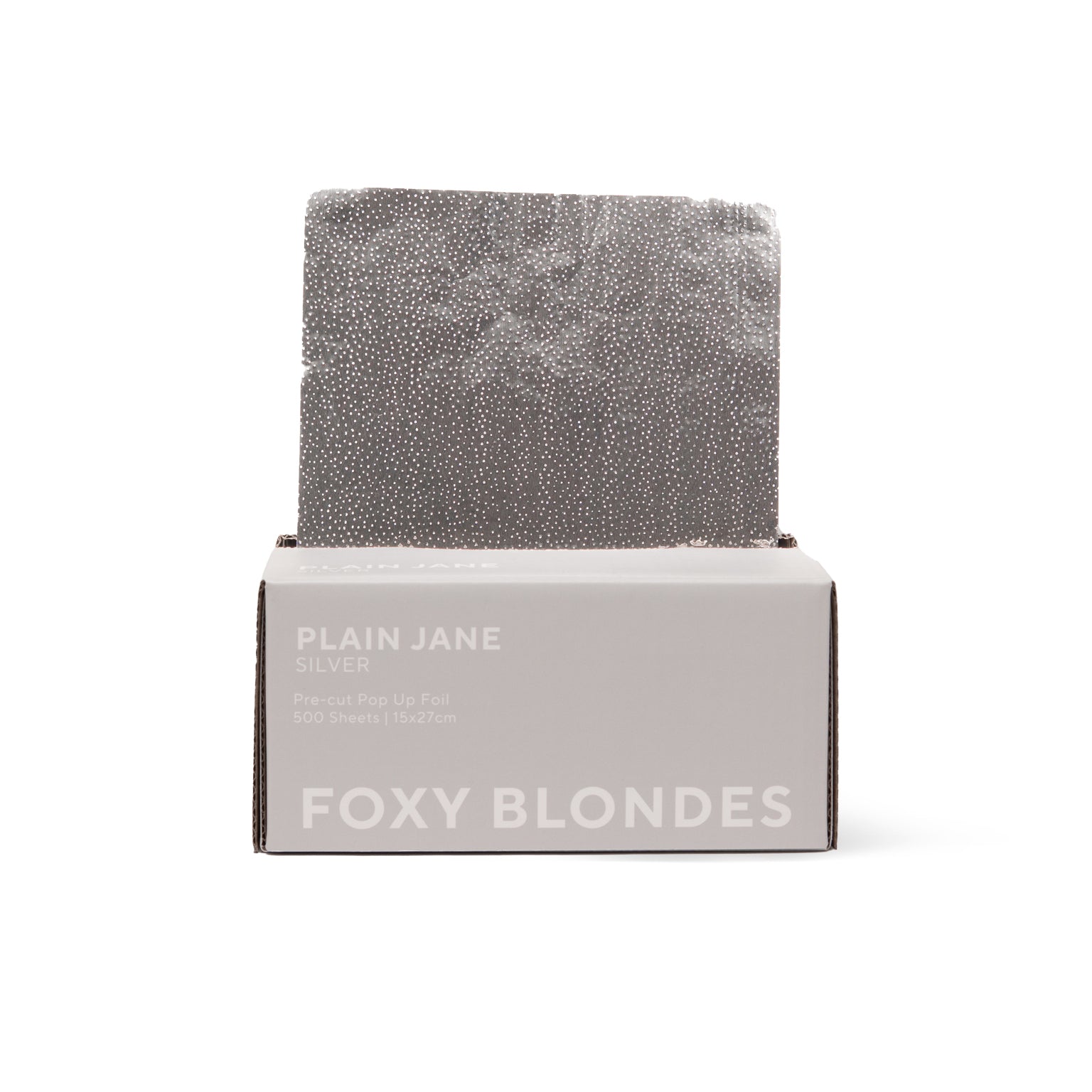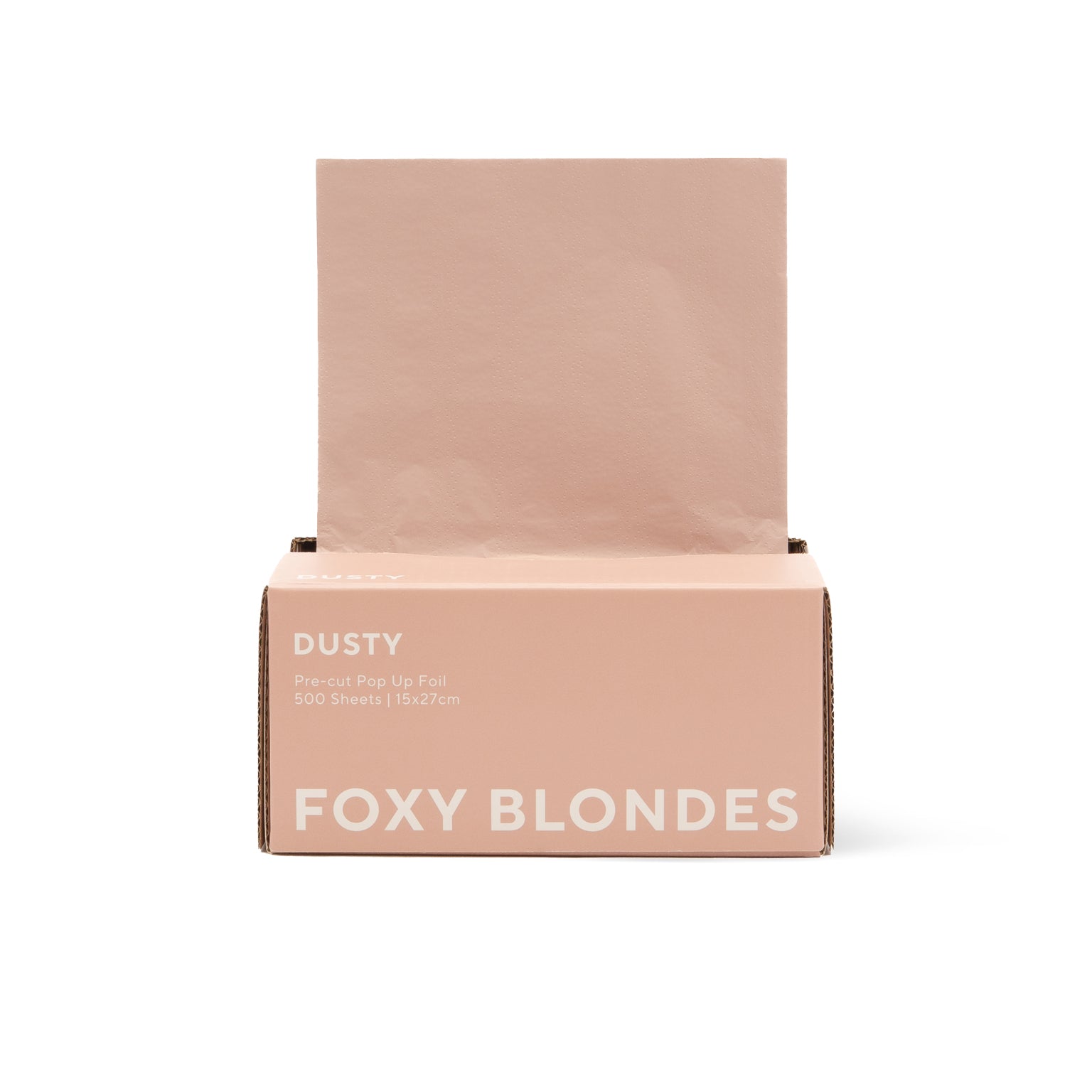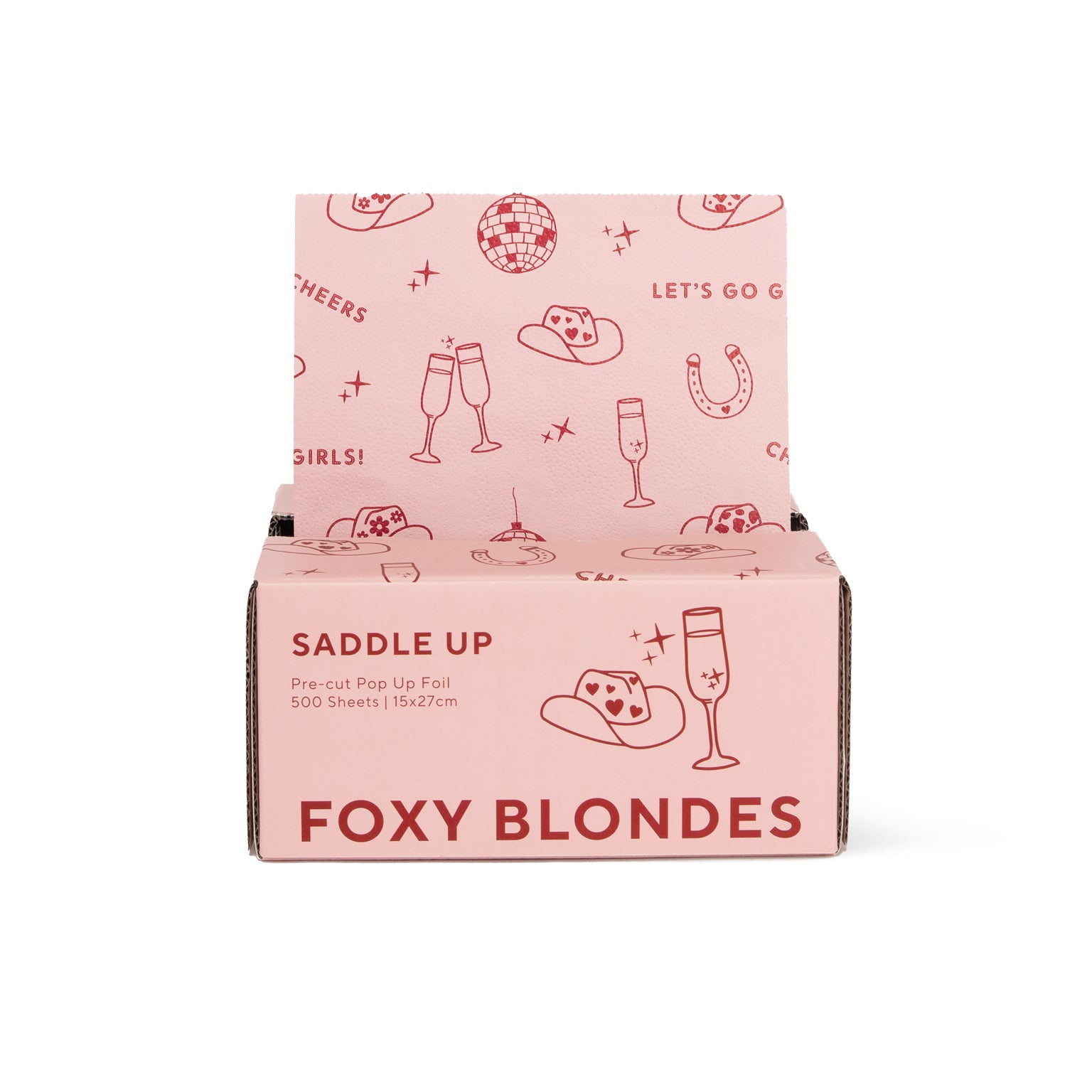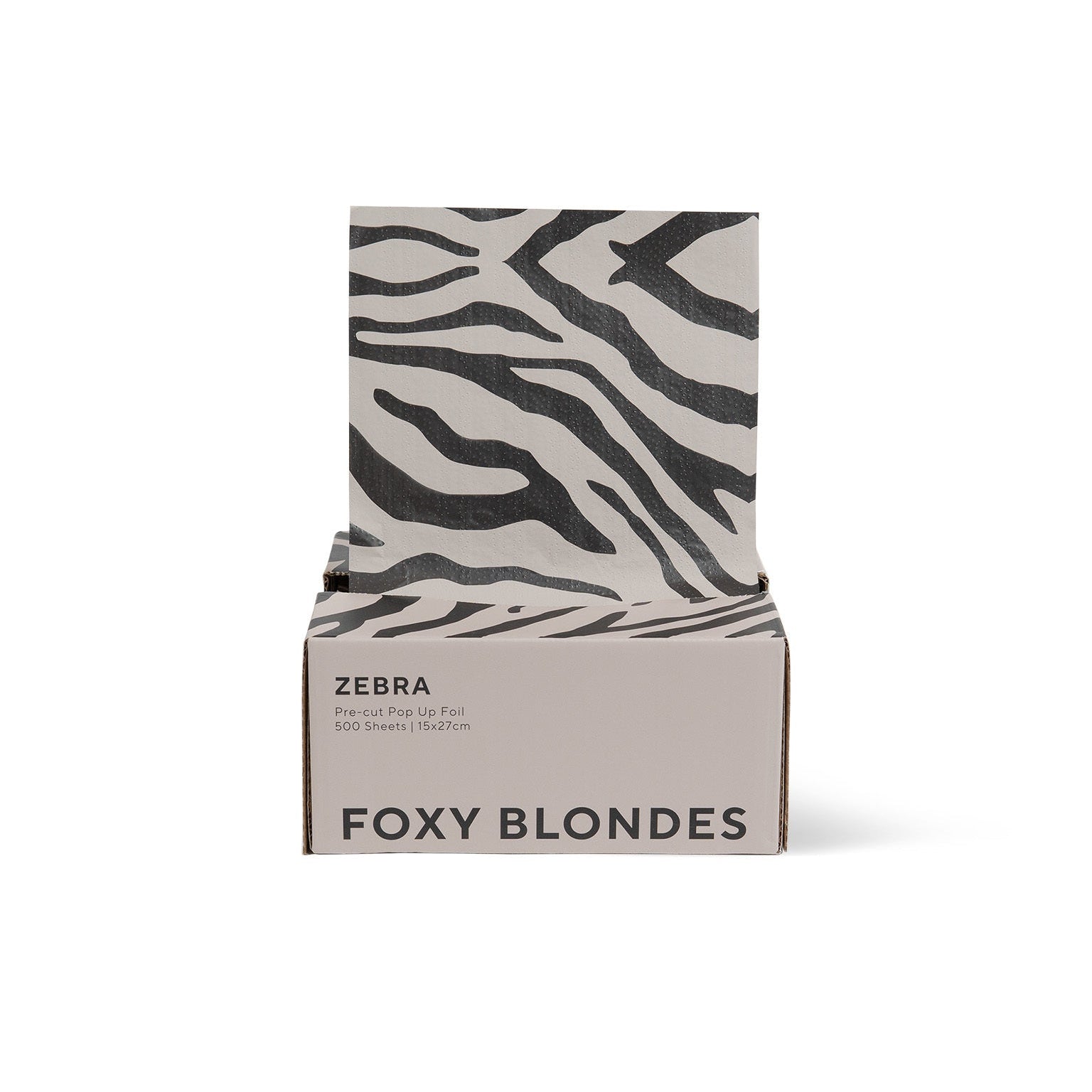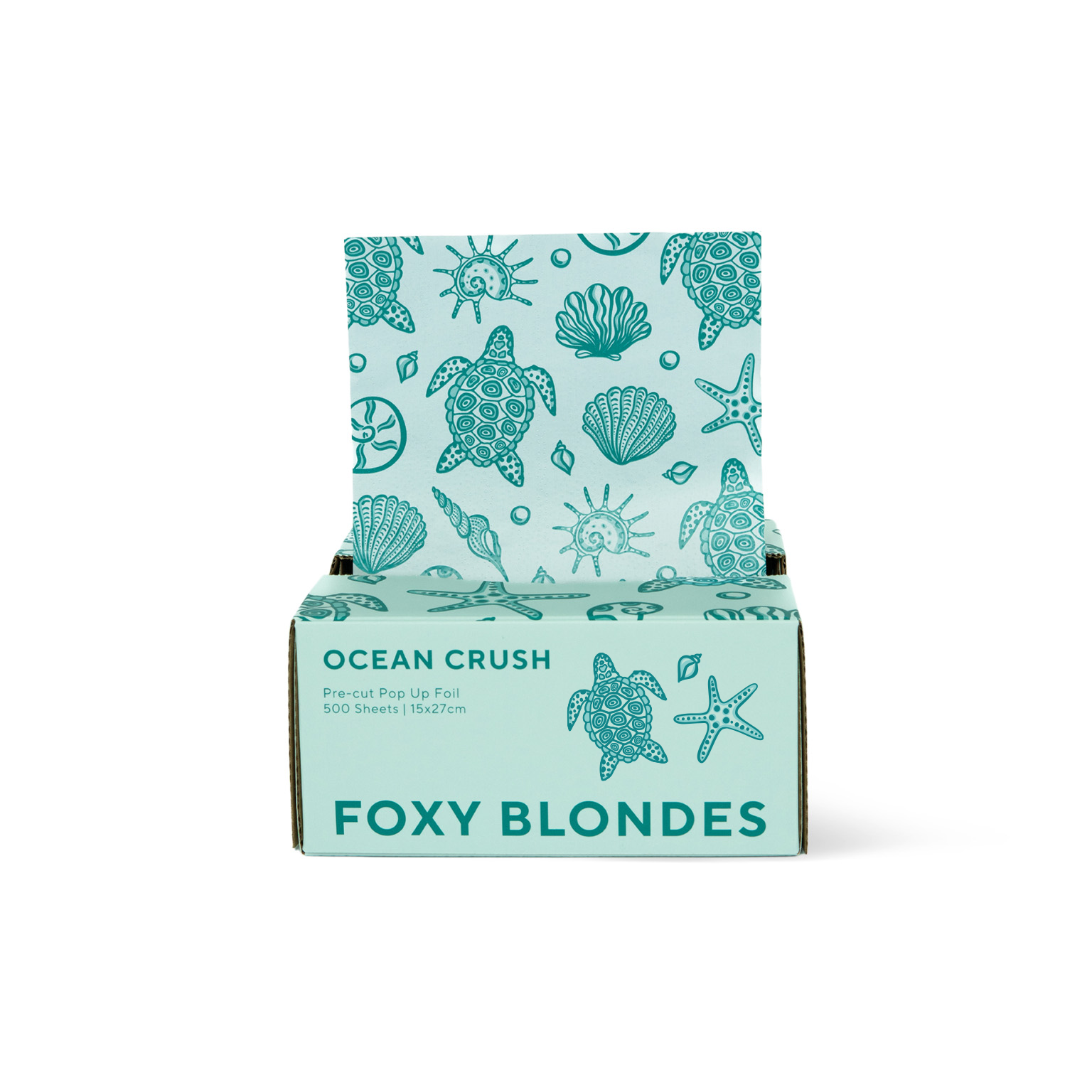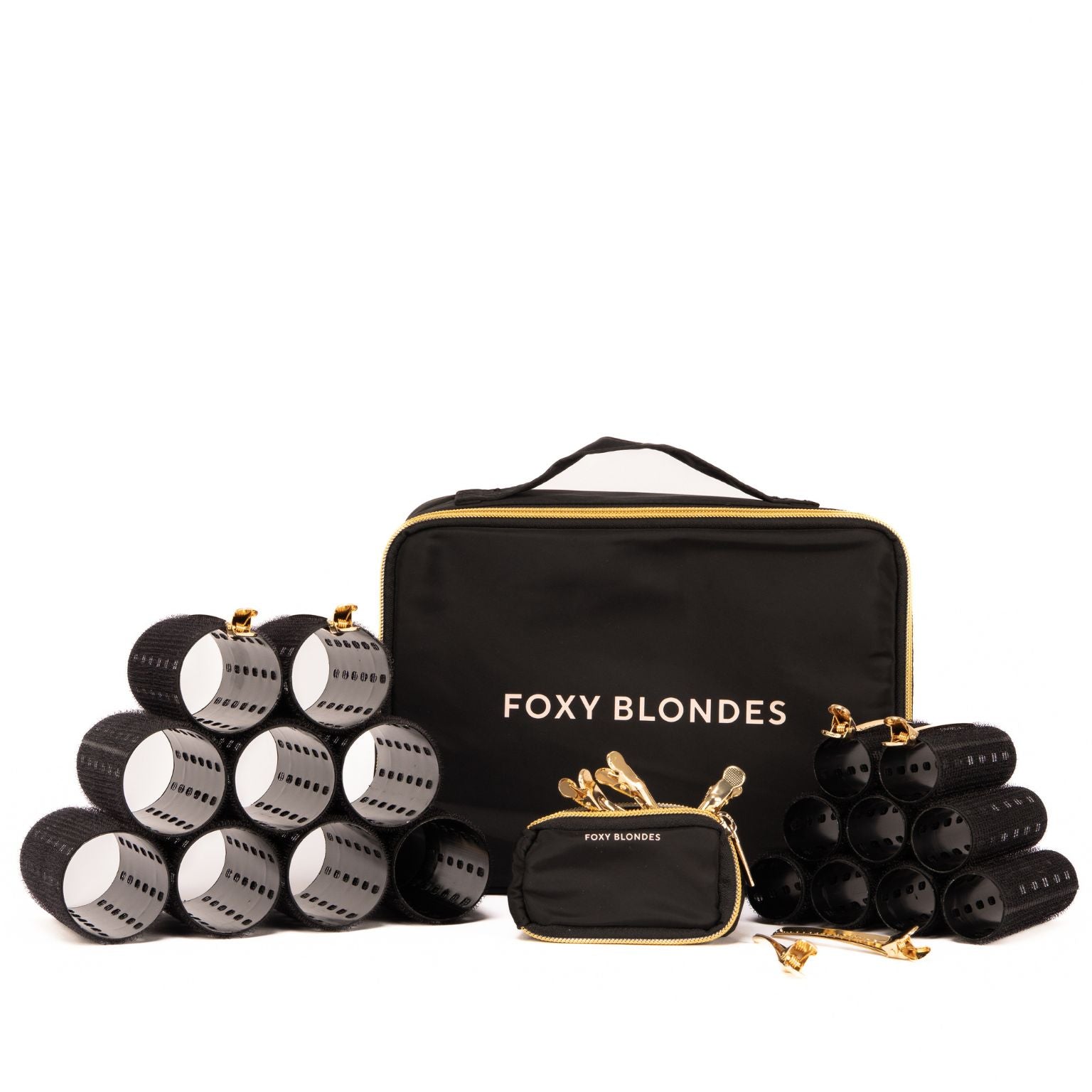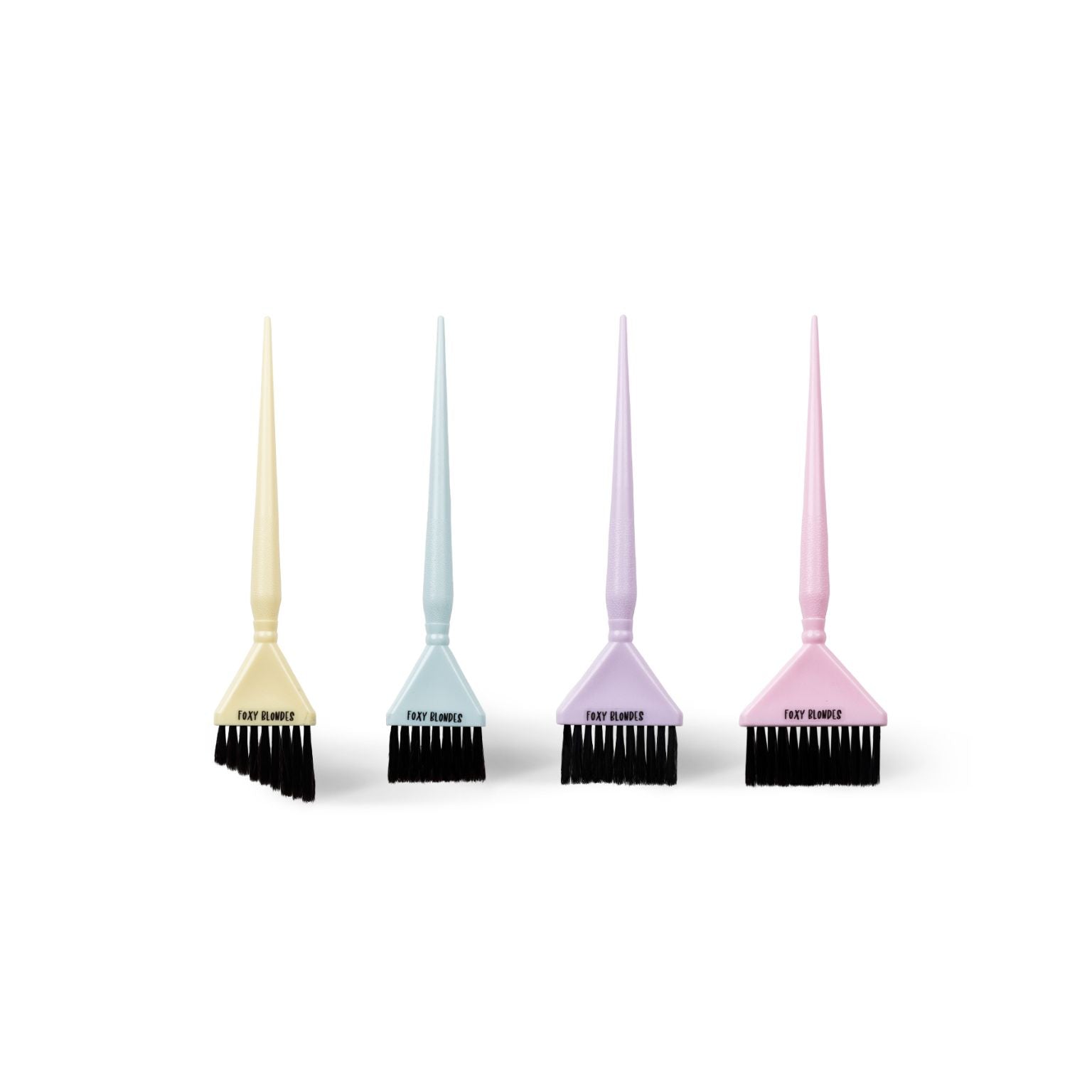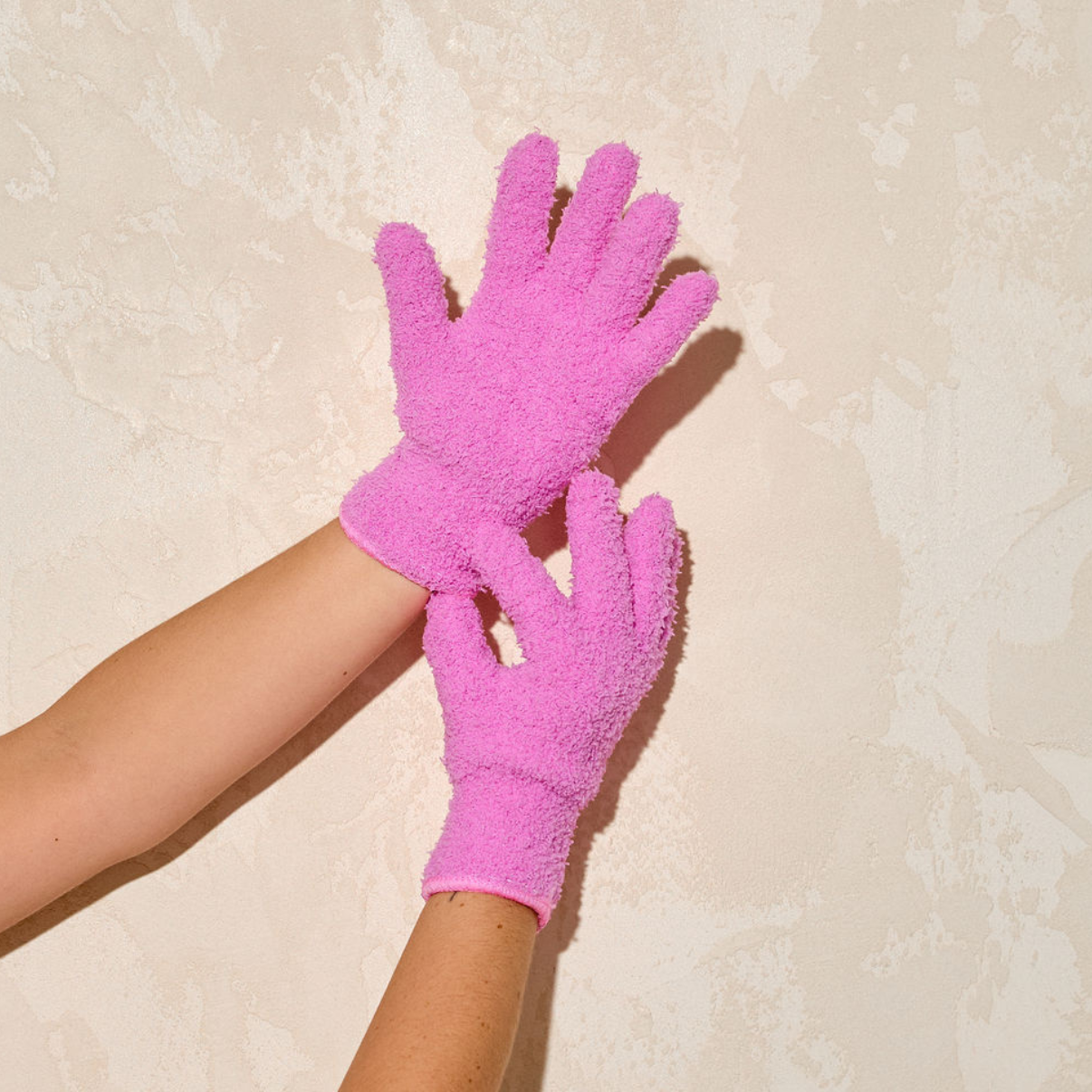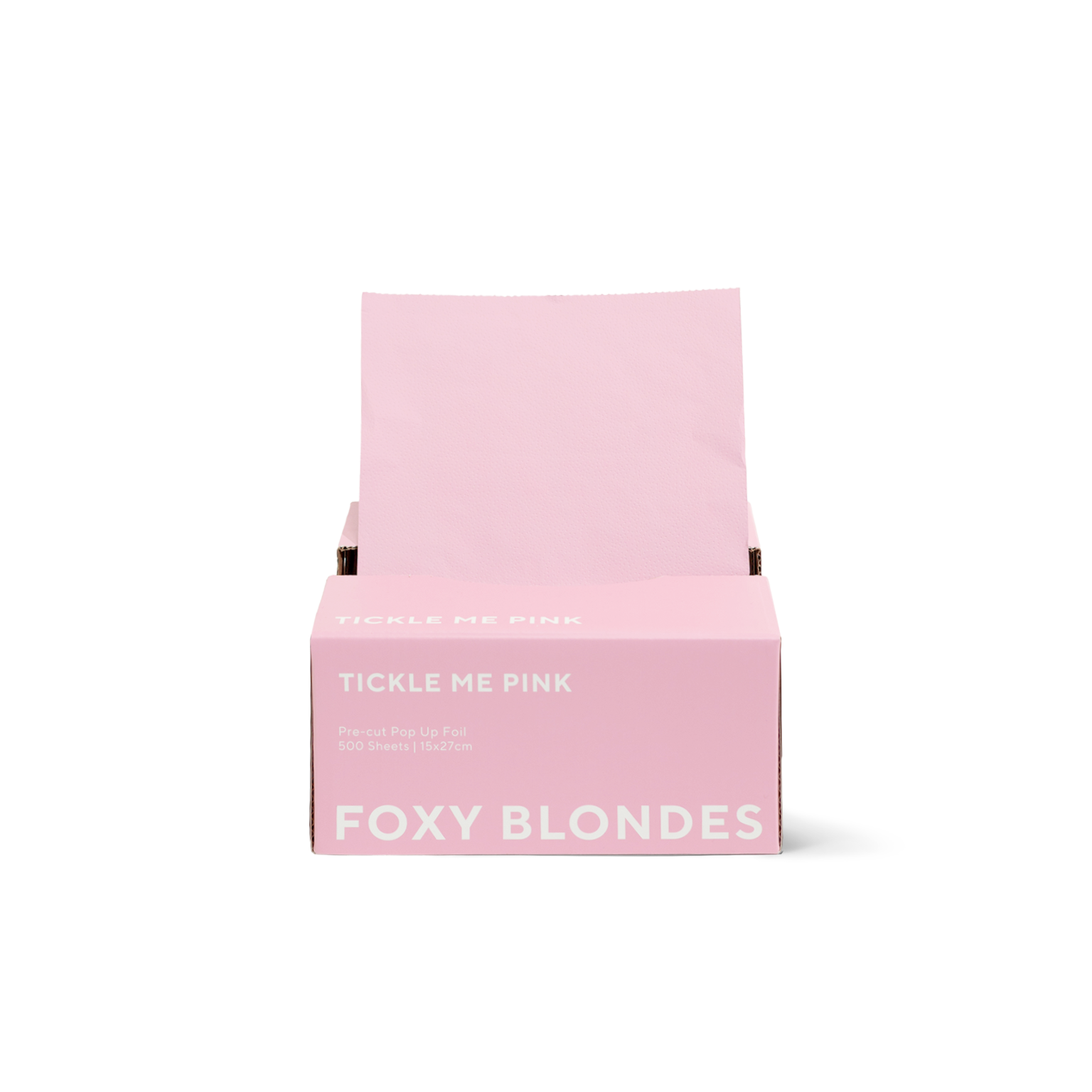Why it matters and how it helps clients feel their best
What is Colour Theory in Hair?
Hair colour theory is more than just picking a shade off a swatch book. It’s the science of understanding how tones, pigments, and undertones work together — and how they interact with a client’s skin tone, eye colour, and natural features. When stylists master colour theory, we don’t just create beautiful hair; we create looks that feel right for each person.
Why Colour Theory is Important for Clients
-
Personalisation: No two clients are the same. Colour theory helps us tailor tones to suit their unique features.
-
Confidence: The right shade doesn’t just look good — it makes clients feel good.
-
Longevity: A well-matched colour grows out more naturally and often means less maintenance.

Educating Clients: Finding the Perfect Shade
Stylists can empower clients by showing them how tones complement their features:
-
Skin Tone:
Warm undertones shine with golden blondes, copper, and honey hues.
Cool undertones are elevated by ashy, pearly, or violet-based tones. -
Eye Colour:
Green eyes pop against rich auburns and warm browns.
Blue eyes sparkle with cooler blondes and deep chocolates. -
Face Shape & Features: Placement of lighter and darker tones can enhance bone structure, highlight eyes, or soften sharper angles.
- This isn’t just about following rules — it’s about enhancing what’s already beautiful.
The Shift Back to Natural Roots
Lately, more clients are leaning into lived-in colour and embracing their natural roots. Here’s why:
-
Low Maintenance: Seamless blends and natural bases mean fewer salon visits.
-
Healthier Hair: Less bleaching and processing keeps hair stronger.
-
Authenticity: Clients are seeking colour that feels true to themselves — enhancing rather than masking.
-
Trends: From subtle balayage to “expensive brunette,” effortless tones are in demand.

How Stylists Can Lead the Conversation
As professionals, we can help clients make informed choices:
-
Offer consultations that explain why certain tones suit them.
-
Use visual tools (swatch rings, digital try-ons, or inspiration boards).
-
Educate them on maintenance and lifestyle fit.
Frame natural roots not as “regrowth” but as part of a chic, intentional style.
 (@hairbyemmagrace_). (@hairby_holliesisterstudios)
(@hairbyemmagrace_). (@hairby_holliesisterstudios)
Choosing the Right Path for You
When it comes to learning colour theory, the best option depends on your goals and experience. If you’re starting out, online or short workshops are perfect for building a solid foundation. For stylists who want to refine advanced techniques, hands-on training or brand-led programs offer invaluable feedback. And if you’re looking to expand your credentials or position yourself as a colour specialist, accredited courses or certifications can add weight to your expertise. Ultimately, the right path is the one that fits your skill level, lifestyle, and the way you love to learn.
Where to Learn More
Colours With Chemistry – Online courses that break down the science and artistry of hair colour.
Hairdressing Live – Masterclasses from leading colourists you can stream anywhere.
Colour Brand Education – Accredited programs and masterclasses that combine science with brand-specific expertise.
Tiktok /Instagram - don't underestimate the power of social media to help you learn

Colour theory is the foundation of creating hair that not only looks stunning but feels perfectly suited to each client. By educating clients, enhancing their natural features, and embracing the trend toward authenticity, stylists can elevate every colour service from a treatment to a transformation.


